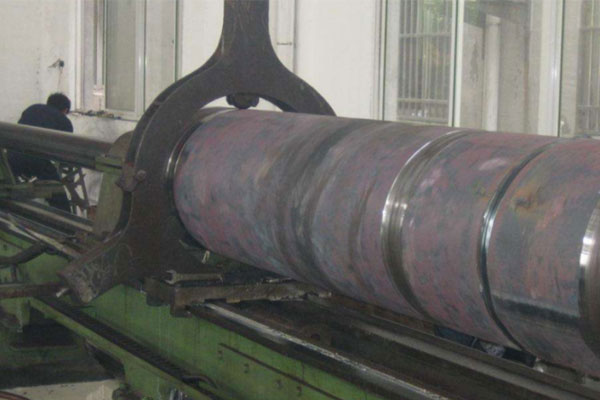How to choose heavy forgings?
Ring forgings is to roll the forgings into a circle, can basically control the dimensional tolerance of the product, reduce the amount of machining. However, when choosing ring forgings, we should be careful not to choose defective ring forgings. If choosing defective ring forgings will seriously affect the use of the project, it will also have certain risks. Then, how to choose heavy forgings?
First of all, look at the surface of the forging: if the surface has cracks, folds, creases, pressure pits, orange peel, bubbling, spots, corrosion pits, bruises, foreign material, not full, pits, lack of meat, scratches and other defects, it is recommended that you do not buy.
The machining allowance dimension analysis of heavy forgings also has relevant requirements for the material of heavy forgings. Billets cannot be used as forgings for forging and processing. The forging ratio of parts with different shapes should be guaranteed, and the production of round steel forging with similar size should not meet strict requirements in the process of forging processing, such as temperature, forging frequency and pressure. The metal crystals in heavy forgings are finer and more tightly cut, and the forgings are processed without damaging the metal fibers of the raw material and can make the metal lines smoother.
These advantages of heavy forgings are not to be talked about, but are mainly due to their strict technical requirements. The spare size of heavy ring forgings shall conform to international safety standards, and the material must be consistent with the material of the parts. The chemical composition shall also conform to national unified standards and the material list shall be issued. The main way to reduce hydrogen content in steel is vacuum degassing or vacuum pouring of liquid steel during steelmaking process. For some forgings with higher requirements, electroslag remelting process can be used to further improve the purity of steel. Post-forging heat treatment: Dehydrogenation annealing to make hydrogen diffused out of steel.
from:168 forging
